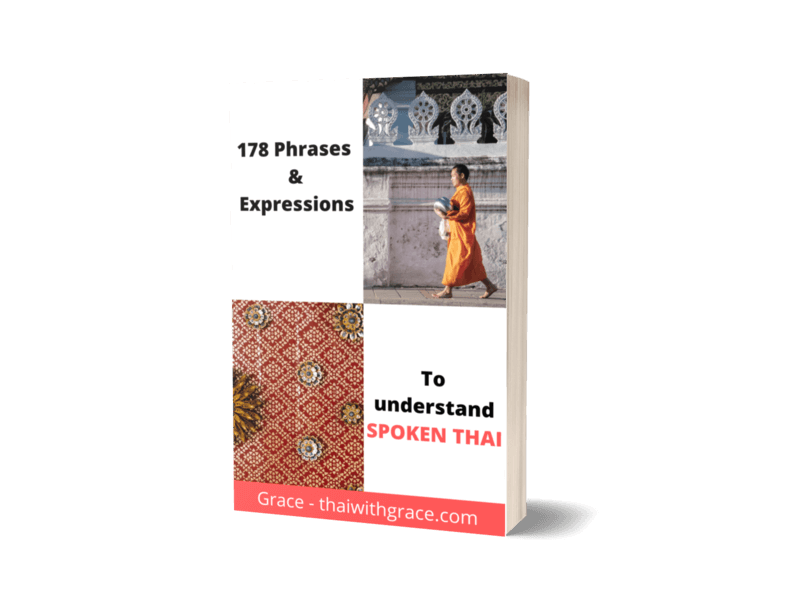A lot of my students are not sure what is the difference between เท่าไหร่ and กี่ (tâo rai and gèe).
There are 2 main differences.
- กี่ (gèe) is like asking “how many?”. เท่าไหร่ (tâo rai) is “how much?”. For example:
If you wanted to ask “how much do you weigh?”, you use เท่าไหร่ (tâo rai): คุณหนักเท่าไร (kun nàk tâo rai).
But if you wanted to ask “how many kilos do you weigh?” you would use กี่ (gèe) : คุณหนักกี่กิโลกรัม (kun nàk gèe gì-loh gram) - เท่าไหร่ always goes at the end of the question. กี่ always comes before the classifier/counter. For example:
If you were asking for the price, you can either say กี่บาท (gèe bàat), literally “how many baht?”. Notice how กี่ (gèe) comes before บาท bàat (Thai currency).
Or you can say ราคาเท่าไหร่ (raa-kaa tâo rài), literally “price how much?”. Notice how เท่าไหร่ (tâo rài) is at the end.
I will explain the difference with more detail below and give you a bunch more examples. As well as explain another definition of เท่าไหร่.
กี่ gèe
As mentioned above, กี่ gives more of a meaning of “how many” instead of “how much” and always comes before the counter. Let’s take a look at more examples:
Examples:
- How many cats do you have?
คุณมีแมวกี่ตัว?
kun mee maew-gèe-dtua - How many days are left?
เหลืออีกกี่วัน
lĕua èek gèe wan - How many people went?
กี่คนไป
gèe kon bpai - How many books?
หนังสือกี่เล่ม?
năng-sĕu-gèe-lâym - How many pieces of paper did you use?
คุณใช้กระดาษกี่แผ่น
kun chái grà-dàat-gèe-pàen
เท่าไหร่ tâo rai
เท่าไหร่ is like asking “how much” and it always goes at the end of the sentence.
You might also see it spelled เท่าไร, but it’s the same word.
There is actually another meaning of เท่าไร that I will explain as well. But first, let’s see examples for “how much?”.
Examples:
- How long is the movie? (Literally: movie long how much)
หนังนานเท่าไหร่
năng naan tâo rài - How much do you want?
คุณต้องการเท่าไหร่
kun dtông gaan tâo rài
Tao rai also has another meaning not related to “how much”. You can put it at the end of sentences to give a feeling of “not really”, “not so”. See examples below.
Examples:
- I’m not really comfortable.
ผมไม่ค่อยสบายเท่าไหร่
pŏm mâi kôi sà-baai tâo rài - He is not so bad.
เค้าไม่ร้ายเท่าไหร่
káo mâi ráai tâo rài

